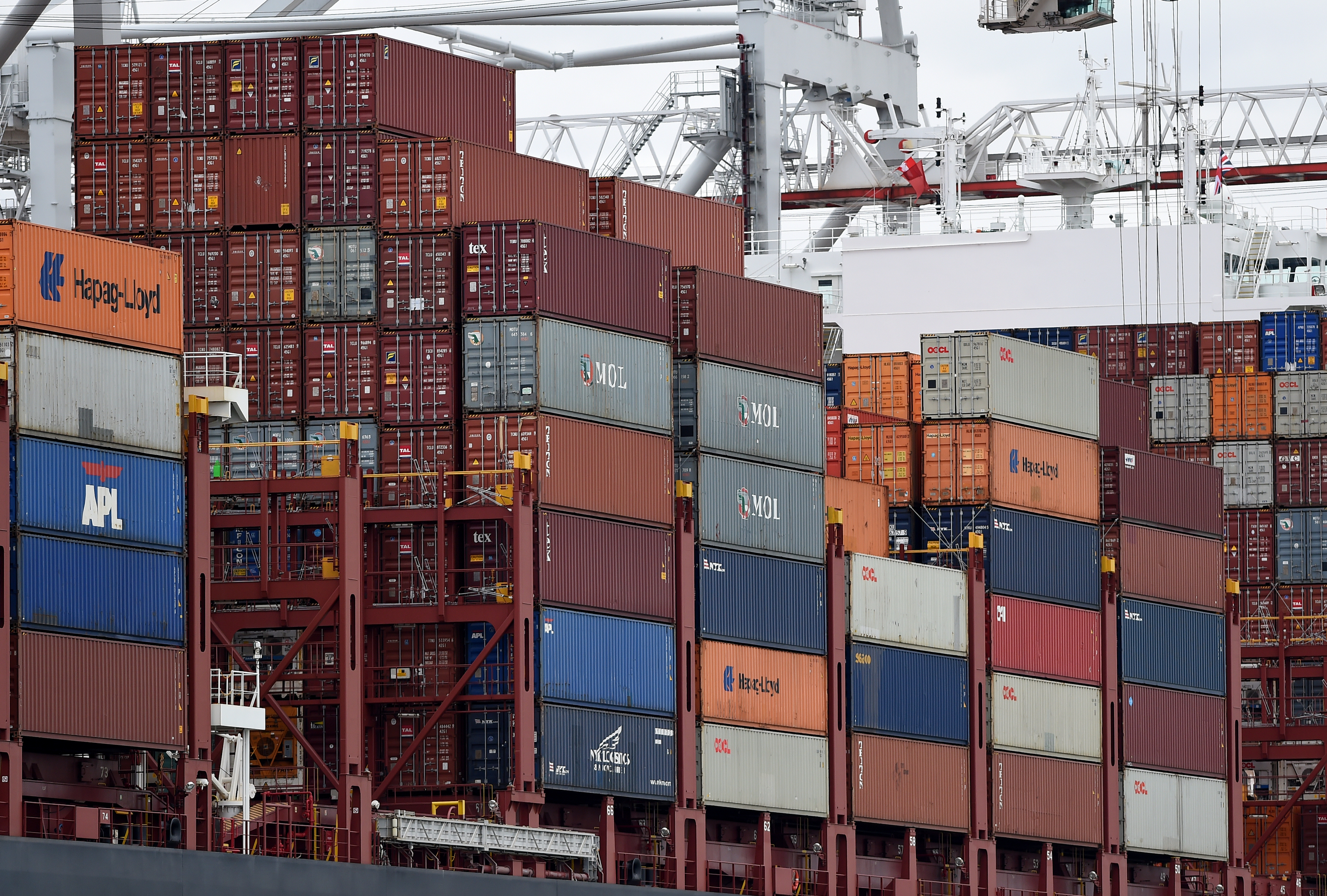There was a time when research into exports was a detailed knowledge of which cupboard was home to room temperature tins of beer and when the optimum moment was to sneak a hand into said hidey-hole during a family party and help yourself to such delights.
Now, however, there are many more serious questions which require answers in these post-Brexit days.
For that reason, you’ll be delighted to know that the new set of Scottish export figures, which will cover 2015, will be published on January 25.
Politics is sexy, right? These will be extremely interesting, though, because they will give us a better idea of how we trade with the rest of the UK, Europe, and, indeed, the rest of the world.
With a hard/clean/full/black and white and read all over Brexit looking likely to be confirmed by the Prime Minister this week, bringing the prospect of a second independence referendum ever closer, all of this becomes exceptionally relevant to mainstream political discourse again.
Exports are key to the economy so should always be important, of course, but we all know the constitutional question overshadows everything, so these will be spun hard.
Indeed, despite the fact the Export Statistics Scotland report contains official Scottish Government figures, it has been undermined not just by the usual suspects with little credibility but by senior figures in the SNP.
For clarity, here’s what the most recent publication said. Of the £76 billion worth of Scottish exports, £48.5bn went to the rest of the UK, £11.6bn went to the EU, and £15.2bn went to the rest of the world.
The Scotland Office has been having a lot of fun with this, using the fact that four times as many exports go to the rest of the UK as they do to Europe as an argument against independence.
What is flagged up by some Nationalists is the fact it is not 100% clear what proportion of Scottish exports to the rest of the UK are then re-exported elsewhere.
Economy secretary Keith Brown made just this point in a Holyrood debate last month, saying the figures did not give a definitive picture.
The limitation is acknowledged in the report, which also points out that it probably doesn’t amount to very much.
More than half Scottish exports are services – financial, for example – which are unlikely to be re-exported. The same applies to other large categories such as utilities, retail, and wholesale. And, in a clever twist of language the Scottish Government is particularly good at, First Minister Nicola Sturgeon began the process of moving the goalposts.
She said: “Losing our place in the single market would be potentially devastating to our long-term prosperity, to jobs, investment and people’s livelihoods. It would end our current status as part of the world’s biggest free trade area, a market around eight times bigger than the UK’s alone, and would have a profound and long-lasting impact on our national economic standing and our standards of living.”
Now that “eight times bigger” line works because it compares the population of the UK, 60 million, to the 500m population of the EU.
What it doesn’t reflect is what we are actually selling and where.
The UK Government’s move towards a hard Brexit, complete with threats of cutting off the rest of the continent entirely means Conservative ministers may be about to embark on economic self-sabotage to skew these stats in future years.
In the meantime, it will be fascinating to see the reaction to the new set when they drop next week.










